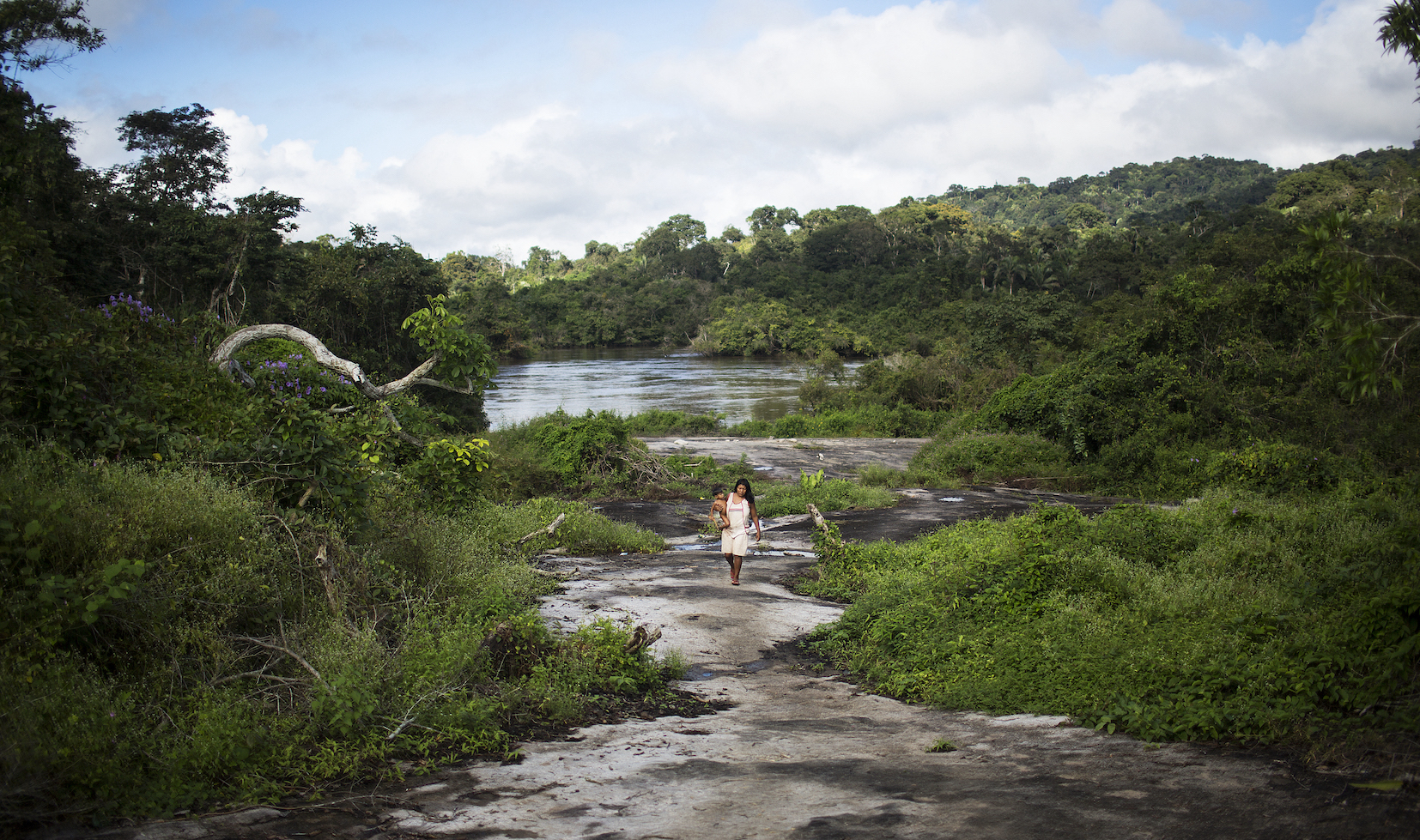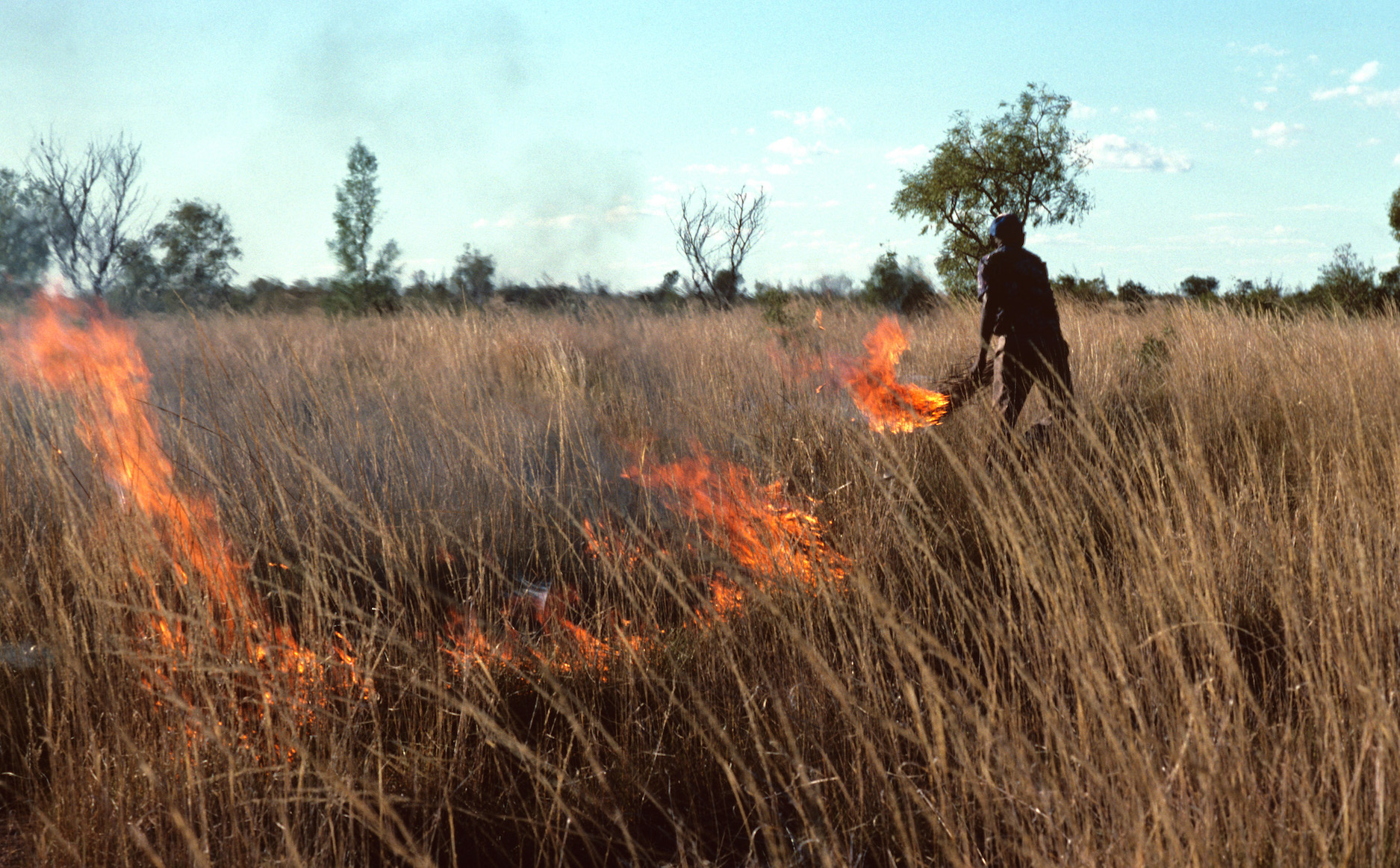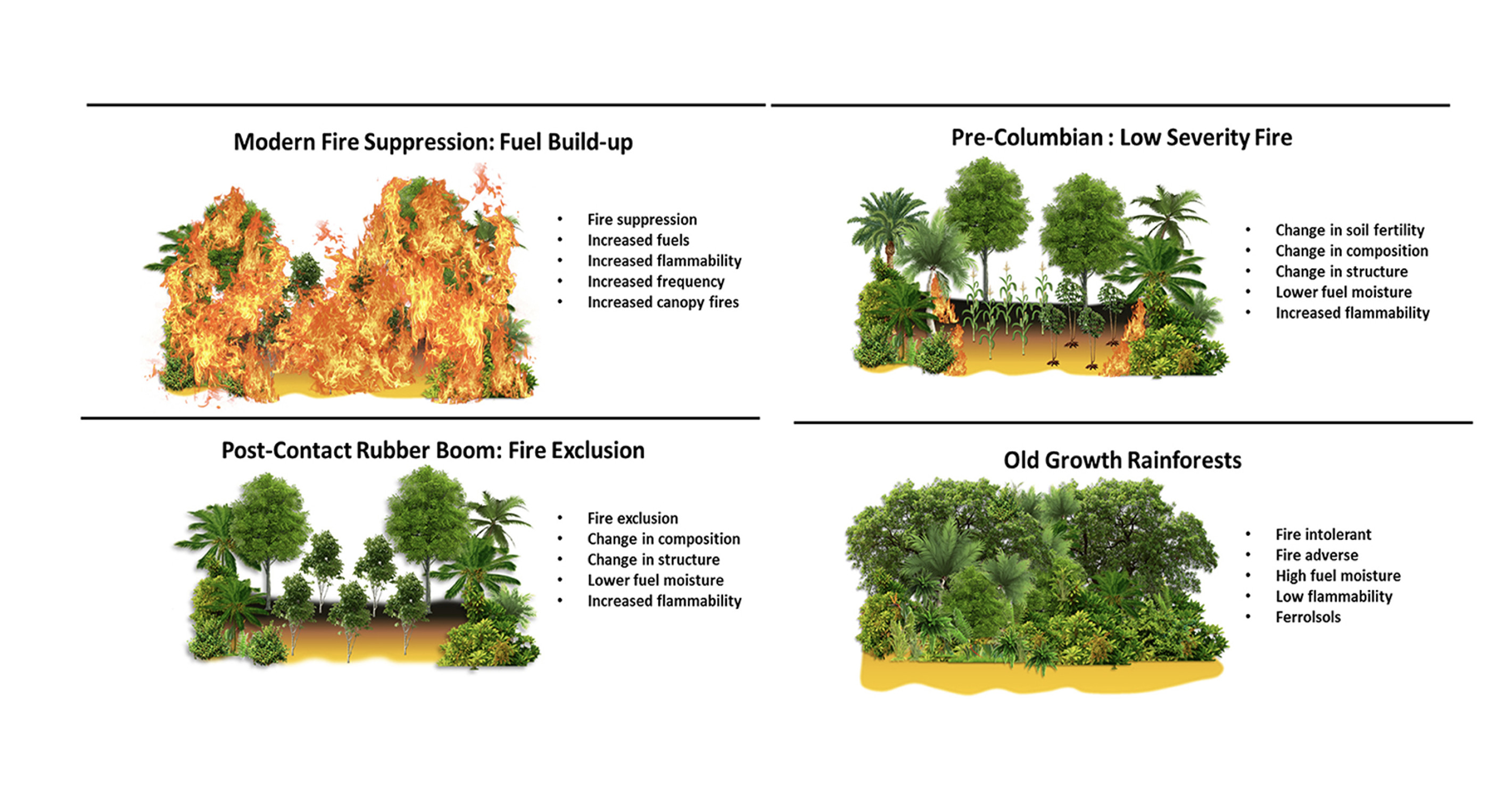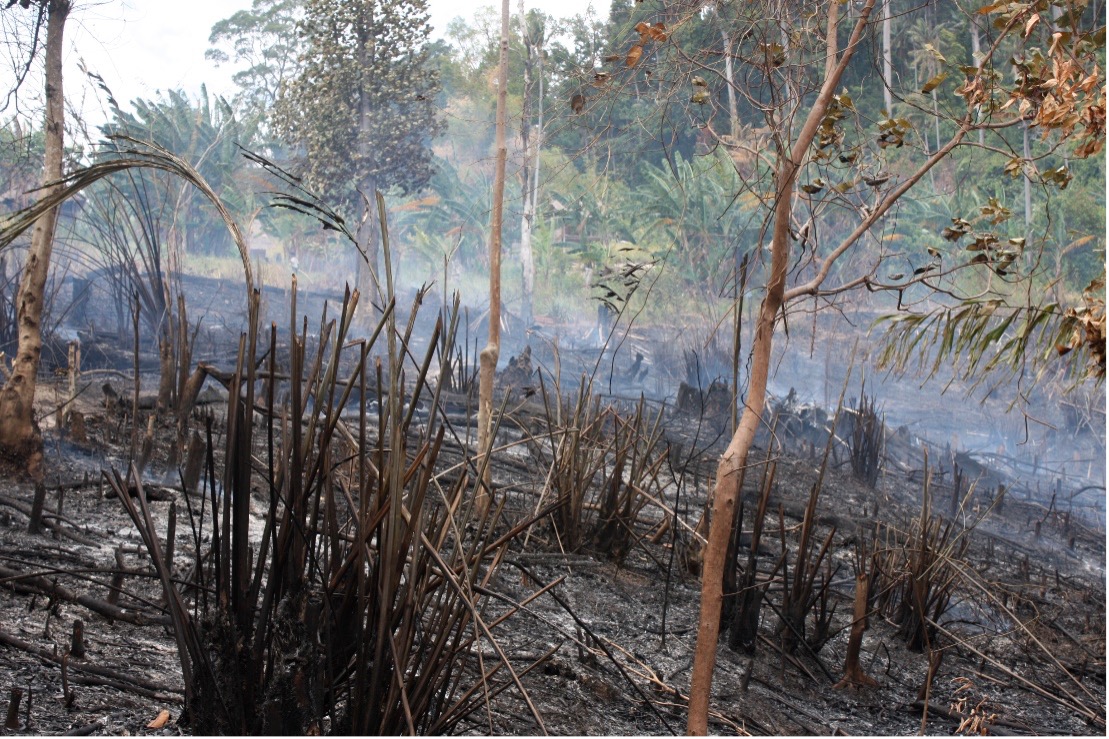
Sciences & Technology
Everything is Country

Aboriginal ideas of ‘wilderness’ are in contrast to romantic views of a ‘pristine’ environment. But it actively excludes Indigenous and local people from conservation
Published 11 October 2021
Aboriginal people in Australia view Wild Country – ‘wilderness’ – as sick country. Land that has been degraded through lack of care.
Aboriginal ideas of ‘wilderness’ are in direct contrast to the romantic notion of ‘wilderness’ as “pristine” or “healthy” that remains a powerful narrative in conservation efforts across the world today.

Human impacts on the environment are almost always viewed as threats to ecological health.
But this framing ignores the fact that Indigenous and local peoples have been actively creating, managing and maintaining most of the Earth’s landscapes for thousands of years.
In fact, this ignorance runs so deep that many ‘high value’ landscapes that are mapped in global conservation efforts are incorrectly assumed to be people-free, ‘wild’ places.

Sciences & Technology
Everything is Country
In a special issue on tropical forests in the journal Proceedings of the National Academy of Science (PNAS), our work shows that many of these high value ‘wilderness’ landscapes are in fact the product of long-term management and maintenance by Indigenous and local peoples.
The Anthropocene is a term that refers to the time period we live in today, marked by the significant impact of people on Earth’s systems. This impact has sparked efforts to ramp up the protection of ‘intact’ native ecosystems.
But the Anthropocene has a problem: it is, at its core, a Eurocentric construct.

More than that, it is the direct product of the inward-looking European project of Enlightenment, that prioritised the European notion of “reason” over all else in an attempt to “liberate” all of humankind from the tyranny of authoritative religious dogma.
Rather than liberation, the Enlightenment, driven by the Scientific Revolution and its ideals of universality and objectivity have enslaved us all in a darkness so profound that it threatens our very survival on this planet.
Instead of providing an alternative, the Enlightenment was built on the very central and religious tenet that we humans are separate from the world around us.

Sciences & Technology
Our Country, Our way
A perverse outcome of the European Enlightenment and Scientific Revolution is the notion of the superiority of Europeans over “other” peoples – that is, Indigenous and local peoples.
The stripping of humanity from “the other” is clear in the myth of Terra Nullius. It justified the inhumane treatment of Indigenous people that began in earnest with the successive waves of European invasion and subsequent colonisation of the Americas, Africa and the Global South.
The failure to recognise or meaningfully engage with other world views blinded European colonisers and settlers to the fact the people were and had been managing these landscapes for thousands of generations.
And this has led to scientists to “objectively” quantifying ‘wilderness’.

In setting strict rules around what constitutes a human impact, scientists act as gatekeepers to what it is to be human.
The result is an objective scientific platform that enabled conservation approaches that actively exclude Indigenous and local people from their territories under the guise of ‘wilderness’ protection.
In our work, we looked at three regions: the Amazon, Southeast Asia as well as the Pacific and the central deserts of Australia.
Clear human intervention and use by Indigenous and local peoples in the Amazon has promoted biodiversity and maintained forest structure for millennia.

Domestic plants, anthropogenic soils and significant earthworks all characterise large parts of what is considered ‘wilderness’ in the Amazon. Indigenous and local peoples struggle constantly against wilderness-inspired conservation that seeks to deny them access to their homelands and the livelihoods that it sustains.
Similarly, swidden agriculture - rotational agriculture based on small-scale forest clearing, burning and fallowing - has been used in southeast Asia and the Pacific for millennia, in some of the most biodiverse regions on Earth.

Sciences & Technology
Watch episode 1: Climate Conversations: Australia in 2029
These are areas that are today mapped as ‘wilderness’ under scientific attempts to define the last remaining “Wild Places”.
But rather than being wild places, swidden agriculture has actively promoted landscape-scale biodiversity across the region, while simultaneously supporting the lives and livelihoods of tens of millions of Indigenous and local peoples.
In the central deserts of Australia, areas mapped as ‘wilderness’ are the ancestral homes of a number of Aboriginal peoples who have actively managed the land for tens of thousands of years.
The removal of Traditional Owners in the 1960s had catastrophic impacts on both the people and the land. Uncontrolled wildfires and biodiversity loss are two of the most significant impacts on the land.

Unsurprisingly, a return of Aboriginal management has seen a reduction in wildfires, a significant increase in biodiversity and healthier people.
In what can only be described as abject irony, converting the lands of Indigenous and local peoples into ‘wilderness’ is hastening their demise.

Sciences & Technology
Why are our rainforests burning?
The catastrophic wildfires and environmental degradation now occurring in (among other places) Australia, northwest America and the Amazon are occurring on lands that were invaded and colonised by Europeans.
And the fires are at least partly the result of removing Indigenous and local people whose knowledge and actions gave us the very landscapes we are striving to conserve. Trends that are now worsened by climate change.
Science alone has failed to solve these problems.
Exported land management approaches from Europe across the Earth have failed. The idea of ‘wilderness’ is destructive. We need to abandon the ‘wilderness’ trope and the myth that science is an objective pursuit.

We need to engage and embed other ways of viewing the world if we are to survive on this planet.
Indigenous and local peoples must be a key part of the full range of efforts that impact their lands, from inception and implementation of environmental initiatives, policymaking, production and execution of research questions and agenda, environmental management and monitoring.
Models like Indigenous and community conserved areas (ICCAs), Indigenous protected and conserved areas or similar rights-based initiatives that bring together the technological advances of modern science with the power of Indigenous and local knowledge are one way forward.
Only then will we effectively decolonise conservation and help make the Earth healthy again.
Banner: Getty Images